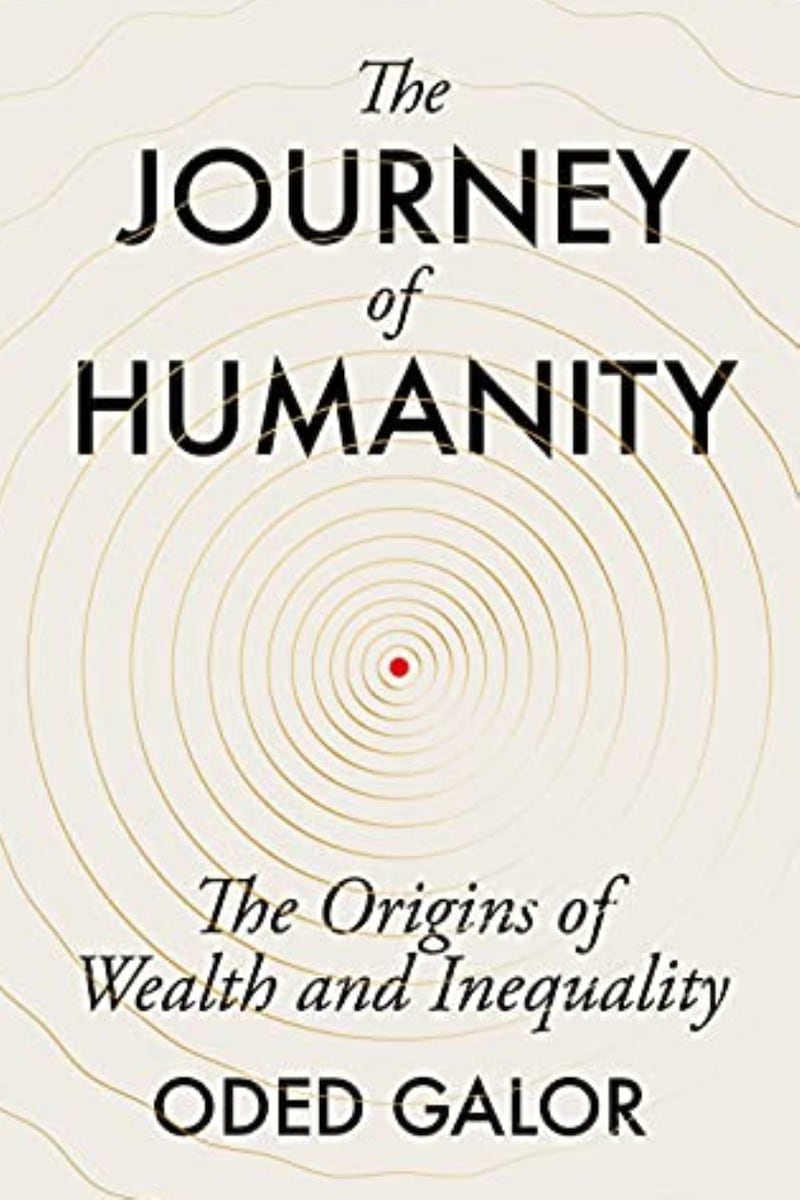The pursuit of a Theory of Everything has occupied the greatest of minds who engage in study and research at the frontier of physics. Such a theory (or a TOE) explains how particles, the building blocks of the matter of our universe, interact with each other. In short, it tries to explain the existence and development of physical reality.
Newton began the modern search for the TOE, arguing that the movement of planets and the rhythm of waves could be explained by a universal theory of gravity. Einstein spent the last 30 years of his life searching for such a grand framework, seeking to create a theory that could combine the existence of gravity with an explanation of the forces that occur between electrically charged particles.
Einstein did not succeed in his search for this holiest of scientific grails. He wrote that “Most of my intellectual offspring end up very young in the graveyard of disappointed hopes”.

The search continues. The largest particle laboratory in the world is located in Switzerland, just outside of Geneva. Through the study of how particles collide, at extraordinary speeds, their research seeks to explain the existence of matter.
This work is so incredible, so technically difficult to create, that it is deeply romantic. Nick Cave has even written a song about it.
It is not just the occasional rock musician that is attracted by the lure of a single all-explaining theory.
Founding thinker
Oded Galor describes himself as the founding thinker behind Unified Growth Theory. In his book, The Journey of Humanity, he describes this theory as essential to “understanding the growth process in its entirety, the hurdles faced by poorer economies today in their transition from stagnation to growth, the origins of the great divergence in the wealth of nations in the past centuries”.
Galor is explicit in drawing the parallels between this project and the efforts to create a scientific TOE, contending that his theory has a similar focus on fundamental forces that explain the entire process of economic development.
This is an exceptionally demanding comparison. The author makes the case that “the forces that exploited technological progress to amass power, destroy and oppress have had a secondary impact compared to the forces that leveraged it to create, promote equality of opportunity, reduce human misery and build a better world”.
So, despite the complexity of the answer, the question is very clear – why has this growth happened?
The “Journey” begins by describing the lack of significant economic development for most of the early existence of humanity. For nearly 300,000 years after the emergence of Homo sapiens, incomes were hardly above basic levels, mortality rates were high and life expectancy was low.
The Industrial Revolution inaugurated a stunning change. The author develops his unified framework at this point. Investment in education, population growth and diversity within societies are identified as critical contributors to growth.
Galor concludes that “these undercurrents provide a unifying conceptual framework, a clear framework from which to understand this journey” of growth.
Contemporary
More contemporary phases of this development are developed. The “fingerprints of institutions” are explored by reference to the importance of legal and political institutions.
The author acknowledges the critical importance of the work of the economists Daron Acemoglu and James Robinson, who brilliantly analyse the role of political institutions in influencing economic growth.
However, such influence cannot offset the power of geography and agriculture. For thousands of years, crop types, biodiversity and the development of larger-scale agriculture were the causes of faster social and economic growth.
Unified Growth Theory again aims to synthesise these different influences by concluding that “the mere appearance of abrupt cultural or institutional transformations conducive to development is in fact secondary to their ability to proliferate and stand the test of time, and in this context their interaction with geographical force has been critical”.
However, this framework, and the evidence assembled for it, is curiously un-modern. There is no recognition of the more contemporary advances in digital and life sciences that have made such a contribution to growth and the nature of our societies. As such massive changes are not acknowledged, there is no effort to explain why some countries have been successful and other less so in creating and benefitting from innovation.
The development of the modern state and its relationship with research and development is therefore absent. Works such as The Entrepreneurial State by Mariana Mazzucato have led this thinking and could complement this analysis.
The Journey of Humanity is a good summary of growth theories and is an elegantly written and accessible book. However, to claim unification of the different theories of why growth occurs would require full and thorough recognition of modern developments.
Paschal Donohoe is the Minister for Finance and President of the Eurogroup.













